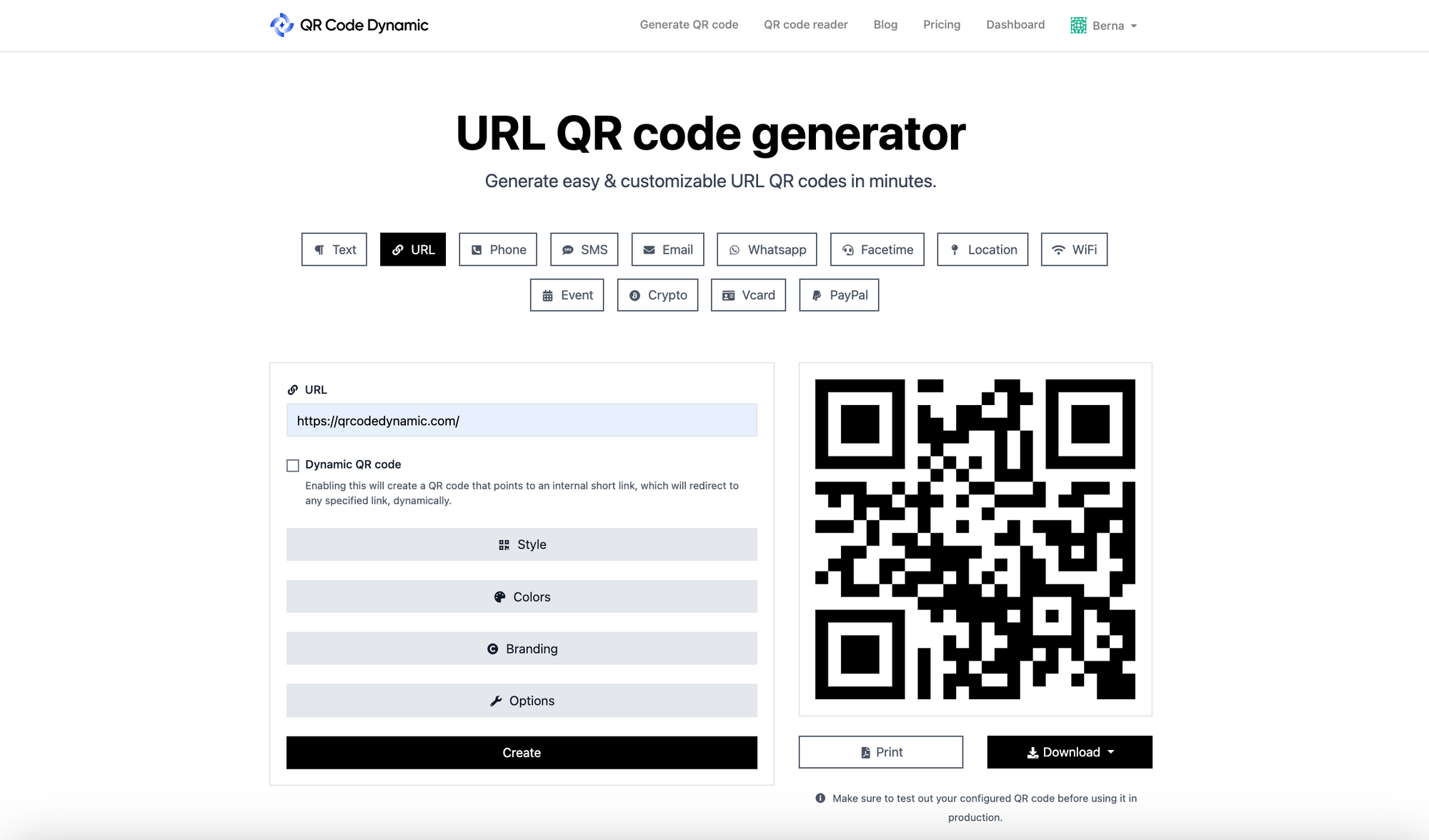How a Commitment System Can Drive Long-Term Service Growth
In today's competitive industry, the implementation of a loyalty system stands out as a critical method for cultivating long-term company development. As we explore the nuances of these systems, their impact on consumer engagement and overall earnings warrants mindful consideration.
Benefits of Commitment Programs

Moreover, loyalty programs can improve consumer insights. By tracking acquiring behaviors and choices, organizations can gather useful data that notifies advertising and marketing techniques and item offerings. This data-driven approach enables for tailored experiences, even more strengthening consumer relationships.
In addition, effective loyalty programs can improve brand name advocacy. Satisfied consumers that feel appreciated are a lot more most likely to recommend the brand to their peers, causing natural growth through word-of-mouth advertising and marketing. Loyalty programs can produce a feeling of area around a brand name, encouraging customers to engage with the company on several degrees.
Last but not least, organizations that implement loyalty programs typically experience boosted average deal worths as clients look for to optimize their benefits. This diverse approach not only drives immediate sales but additionally establishes the structure for lasting organization development.
Creating a Reliable Commitment System
Just how can businesses develop a commitment system that not just draws in clients but also retains them? The layout of a reliable commitment system pivots on comprehending customer preferences and actions. Initially, services must gather data via studies, purchase background, and responses systems. This data will educate the structure of the loyalty program, guaranteeing it lines up with customer assumptions and desires.
Next, businesses must provide purposeful benefits that reverberate with their target audience. These can include price cuts, special accessibility, or individualized experiences. A tiered rewards system can additionally motivate clients to engage more deeply and raise their costs.

Enhancing Consumer Involvement
Involving customers effectively can significantly enhance their link to a brand and foster lasting commitment. A well-designed commitment system functions as an outstanding system for enhancing client involvement by producing customized experiences that reverberate with private preferences. By using data analytics, organizations can tailor rewards and interactions to satisfy the unique requirements of their customers, making them really feel valued and understood.
Including gamification elements within commitment programs can considerably raise interaction. By presenting rewards, obstacles, and leaderboards, brands can encourage customers to engage more often and enthusiastically. This strategy not only improves the consumer experience but likewise develops a feeling of neighborhood amongst individuals.
Furthermore, leveraging several touchpoints-- such as social media sites, email, and mobile apps-- makes sure that consumers remain important source connected to the brand name. Routinely getting responses via surveys and evaluates additional deepens this involvement, permitting businesses to adapt their offerings based on client input.
Eventually, boosting consumer involvement through a loyalty system not only strengthens brand affinity however likewise motivates repeat acquisitions, boosting total organization efficiency. By focusing on involvement approaches, brand names can grow lasting relationships and significantly impact their growth trajectory.
Measuring Loyalty Program Success
To fully understand the benefits of boosted customer interaction, services have to carry out durable approaches for gauging the success of their commitment programs. Efficient measurement begins with defining clear purposes straightened with the general service technique. Common goals consist of boosting client retention, enhancing average purchase worth, and improving customer lifetime worth.
Secret performance indications (KPIs) play a crucial function in this assessment procedure. Metrics such as registration rates, redemption rates, and the regularity of participant purchases give useful understandings. Furthermore, tracking customer responses with surveys can aid examine fulfillment levels and recognize areas for improvement.
Examining client actions is similarly essential. Businesses can use data analytics devices to segment commitment program participants based upon spending routines and engagement degrees, enabling targeted advertising and marketing techniques. This division aids in determining which aspects of the program reverberate most with various client demographics.
Instance Studies of Effective Programs
Numerous services have effectively applied loyalty programs that not just boost client retention yet also contribute dramatically to general development. A notable example is Starbucks, which uses its rewards program to foster client involvement. With over 25 million active members, the program incentivizes acquisitions via stars that can be redeemed absolutely free things, ultimately driving repeat check outs and raising average spend per deal.
An additional effective case is Sephora's Charm Insider program, which sections clients right into rates based on their spending. This structure not only awards dedicated customers with exclusive benefits however additionally encourages them to increase their spending to unlock higher tiers. The program has proven effective, contributing to Sephora's outstanding profits growth and client loyalty.
In Get the facts Addition, Amazon Prime exhibits an efficient commitment system that extends past typical retail. By supplying advantages such as cost-free delivery, special material, and streaming services, Amazon has seen substantial increases in membership, leading to higher consumer retention prices and boosted typical order values. These study illustrate the varied approaches organizations can utilize to establish loyalty programs that drive both consumer satisfaction and lasting development.

Final Thought
In verdict, a well-structured loyalty system serves as an essential system for fostering consumer retention and improving brand commitment, eventually driving long-term service growth. The effective application of loyalty programs not Extra resources just cultivates completely satisfied clients yet likewise transforms them right into brand supporters, guaranteeing lasting success.
To fully understand the benefits of boosted client involvement, services must carry out robust techniques for measuring the success of their commitment programs (Loyalty System). Common goals consist of enhancing consumer retention, enhancing ordinary transaction worth, and boosting client life time value
Many businesses have actually efficiently executed loyalty programs that not just boost client retention however also add dramatically to general growth. These situation research studies illustrate the varied techniques organizations can utilize to establish commitment programs that drive both consumer contentment and long-term development.
In conclusion, a well-structured commitment system serves as an important device for fostering consumer retention and boosting brand commitment, ultimately driving long-lasting organization growth.